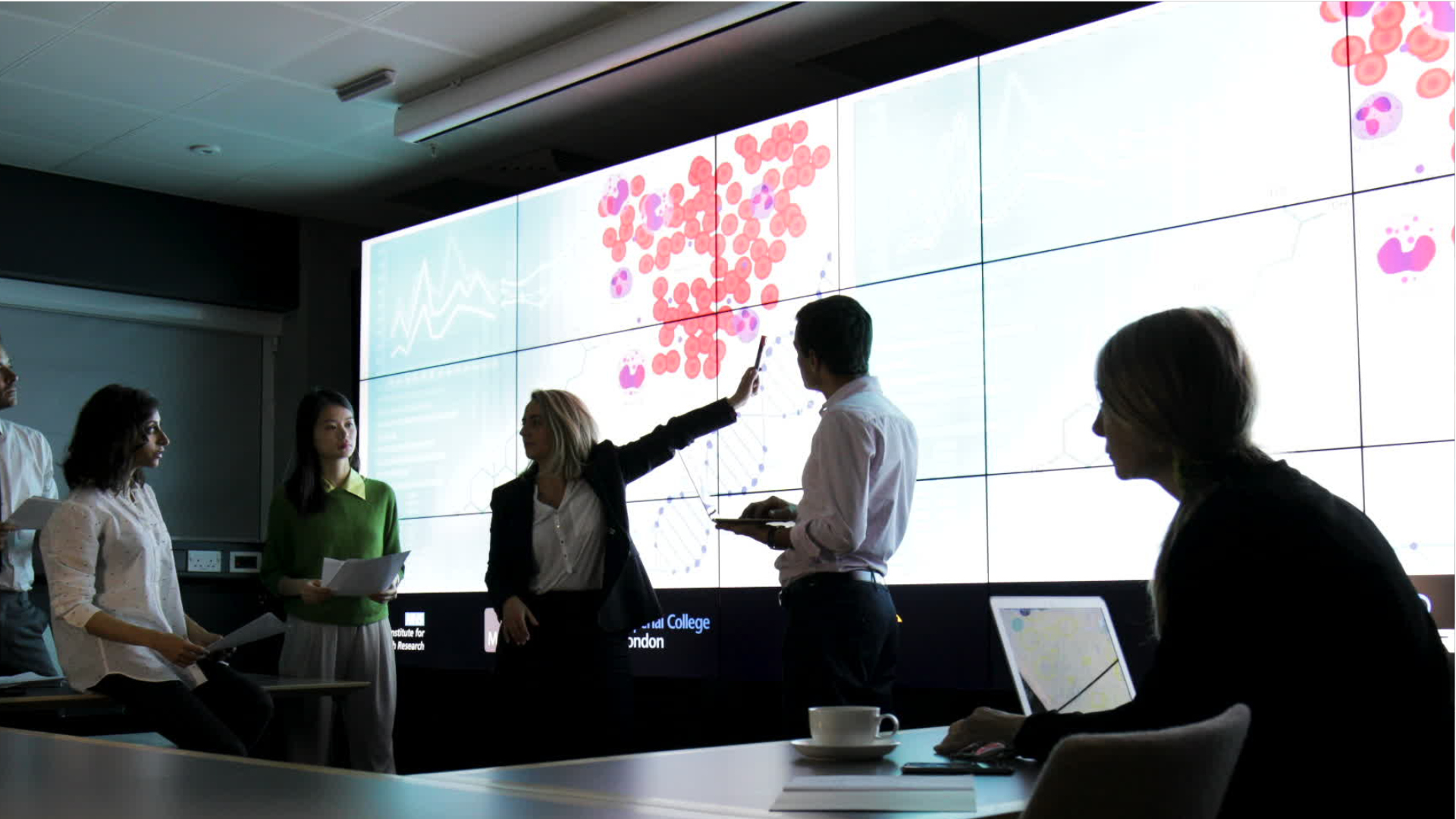Clinical Data Managers
Clinical Data Management Director (CDM Director), Clinical Data Management Manager (CDM Manager), Clinical Data Manager, Data Management Manager
What they do:
Apply knowledge of health care and database management to analyze clinical data, and to identify and report trends.
On the job, you would:
- Design and validate clinical databases, including designing or testing logic checks.
- Process clinical data, including receipt, entry, verification, or filing of information.
- Generate data queries, based on validation checks or errors and omissions identified during data entry, to resolve identified problems.
Knowledge
Arts and Humanities
- English language
Engineering and Technology
- computers and electronics
Business
- customer service
Math and Science
- arithmetic, algebra, geometry, calculus, or statistics
Skills
Basic Skills
- thinking about the pros and cons of different ways to solve a problem
- listening to others, not interrupting, and asking good questions
Problem Solving
- noticing a problem and figuring out the best way to solve it
People and Technology Systems
- figuring out how a system should work and how changes in the future will affect it
- thinking about the pros and cons of different options and picking the best one
Abilities
Verbal
- communicate by speaking
- listen and understand what people say
Ideas and Logic
- order or arrange things
- use rules to solve problems
Math
- choose the right type of math to solve a problem
- add, subtract, multiply, or divide
Personality
People interested in this work like activities that include data, detail, and regular routines.
They do well at jobs that need:
- Intellectual Curiosity
- Cautiousness
- Integrity
- Attention to Detail
- Dependability
- Achievement Orientation
Technology
You might use software like this on the job:
Data base user interface and query software
- Microsoft Access
- Structured query language SQL
Presentation software
- Microsoft PowerPoint
Analytical or scientific software
- IBM SPSS Statistics
- SAS
Education
Education: (rated 4 of 5)
bachelor's degree
usually needed
usually needed
Job Outlook
Bright
New job opportunities are very likely in the future.
Explore More
- Bioinformatics Technicians
- Clinical Research Coordinators
- Data Scientists
- Health Informatics Specialists
- Social Science Research Assistants
You might like a career in one of these industries:
See more details at O*NET OnLine about Clinical Data Managers.






